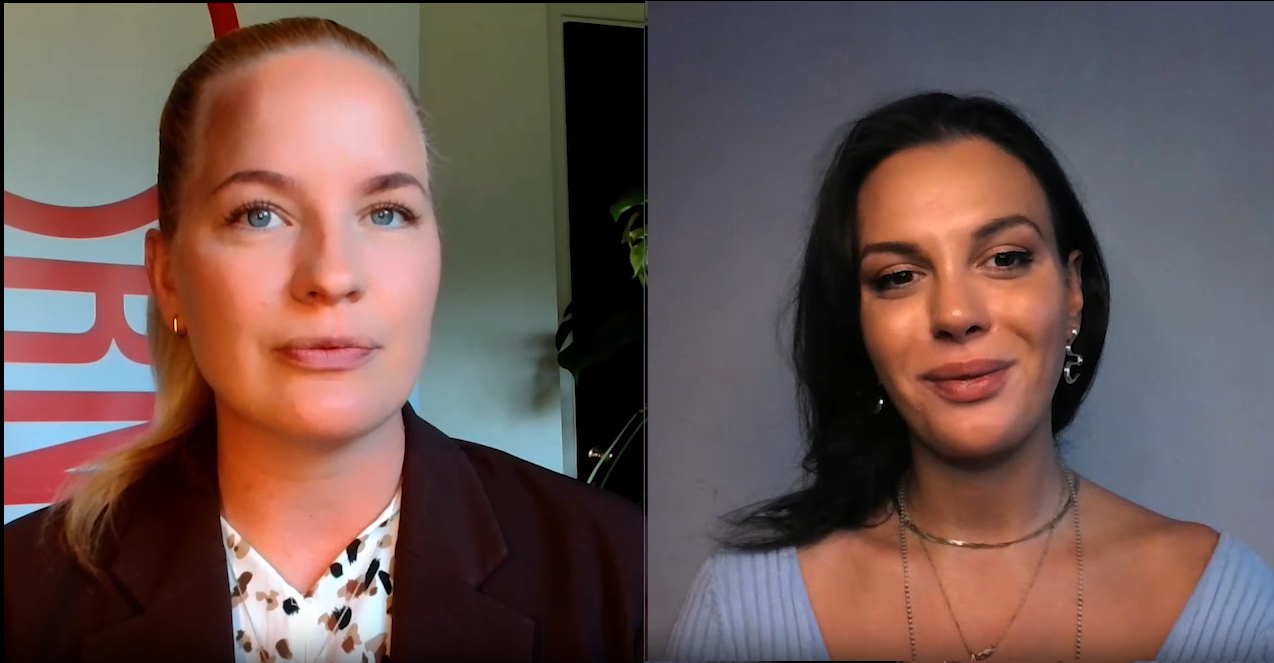Holly Black: Welcome to Morningstar. I'm Holly Black. With me is Louise Babin. She is a fund analyst at Morningstar. Hello.
Louise Babin: Hello, Holly.
Black: So, we're here today to talk about the fact that gilt yields in the UK have gone negative for the first time ever. What does this mean?
Babin: Well, actually, it's the second time. So, there was a very short period in 2016 when one-month paper went negative. This is the first time really with the more conventional bonds. So, these are three-year maturity gilts yesterday felt like ages ago now, it was £3.8 billion. The auction was two times over-subscribed and technically, what it means is that the people that won the bid with the highest prices were willing to pay more for the gilt and some of the coupons and the principal repayment.
Black: Okay. So, a gilt is a debt that's issued by the UK government. So, if that's been to a negative rate, what does that tell us about the outlook for the UK at the moment?
Babin: Mainly three things. I think, firstly, obviously, investors were expecting a recession around the corner and also, possibly that Bank of England base rates are going to go negative. They are currently 0.1%, so almost there, but to turn negative obviously is quite a big thing. Secondly, and possibly I think the most important driver of this week is inflation expectations. So, we have an inflation print this week coming at 0.8%. It was half the previous inflation figure likely mostly down to drop in the oil price but also this change in consumer demand, the shocked demand from the economic lockdown. Real yields on gilts, so that's yields after you account for inflation, were already negative. So, this is not a big change. And I suppose what we're talking about now is what's the expectation, what's the outlook for inflation and it seems from the figures we're looking at, we're expecting inflations dropping lower, possibly become disinflation which is negative and then just a wider deflationary trend.
And then, also, if you look at where the negative yields are concentrated on the yield curve – so we look at the entire universe of government bonds but they mature in six months all the way out to 30, 40, 50 years. And the negative yields are only isolated in kind of around three-year, one to five-year curve. So, that implies that investors are expecting this to be a short-term thing in terms of the demand shock or disinflation and lower bank rates. So, at the moment, three things kind of have been playing there. But we will see more as things unfold later in this year.
Black: Okay. So, I suppose the big question is, what does that mean for me as an investor. Do I have to do anything to my portfolio? Is it going to affect me?
Babin: It's not necessarily bad news actually. So, we've nothing seen this play out over the last must be eight years now in Europe and particularly in German bunds, most expensive European bonds. They've languished in negative territory in terms of government bond yields for years now. But if you look at returns in the last 12 months, investment in the German bunds ETF has actually delivered the euro investor about 20%. It doesn't make much sense. But when we look actually how that works, there's a couple of things.
So, we have to see is the whole investable universe in negative yields or you could just pick parts of the curve, so different maturity bonds actually have positive yields. So, at the moment, as I said, you could pick a 10-year gilt and you'd still get a positive yield on that. We also look at where the curve is upward sloping. So, if the yields on longer-dated bonds are higher than on the shorter-dated bonds, you can actually get this roll-down effect we call it. So, as the time goes on and the bond becomes a nine-year bond, an eight-year bond, a seven-year bond, a six-year bond and so on, as the yield falls down, you get a capital boost which we call roll down and it could provide very strong source of returns for managers.
And then, lastly, whether or not a manager can invest off or outside of their benchmark. So, there are bonds we call quasi-sovereigns or supernationals and they basically are bonds with implicit or explicit backing from the government and they tend to provide a small yield premium. It's not huge but at times it can be enough to really make that difference between the negative and the positive-yielding investment. So, I'm not actually overly concerned for investors as the situation is. I think there's plenty our managers could be doing. And definitely, it helps that we've seen in Europe go through this already and how they coped because at the time it was a bit of an unknown but we've seen how the mechanics working out there.
Black: Louise, thank you so much for your time. For Morningstar, I'm Holly Black.




























